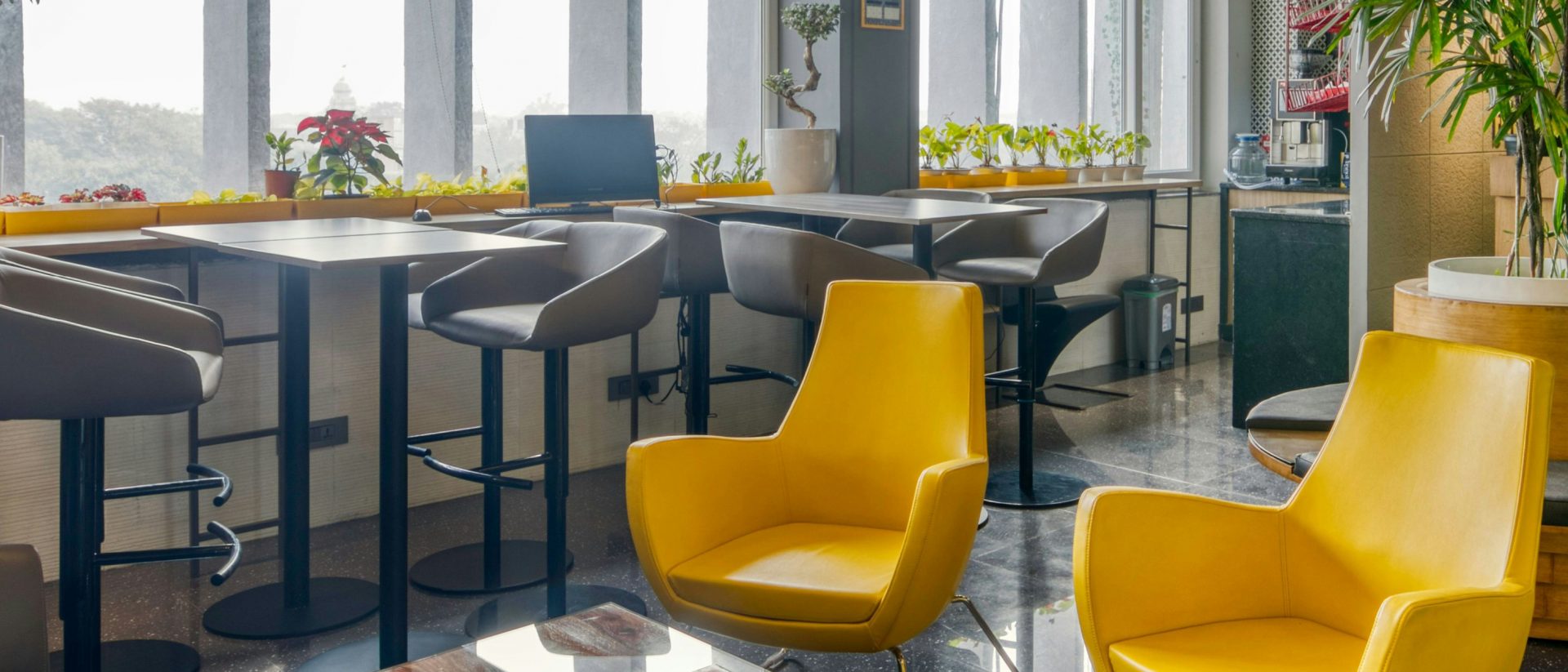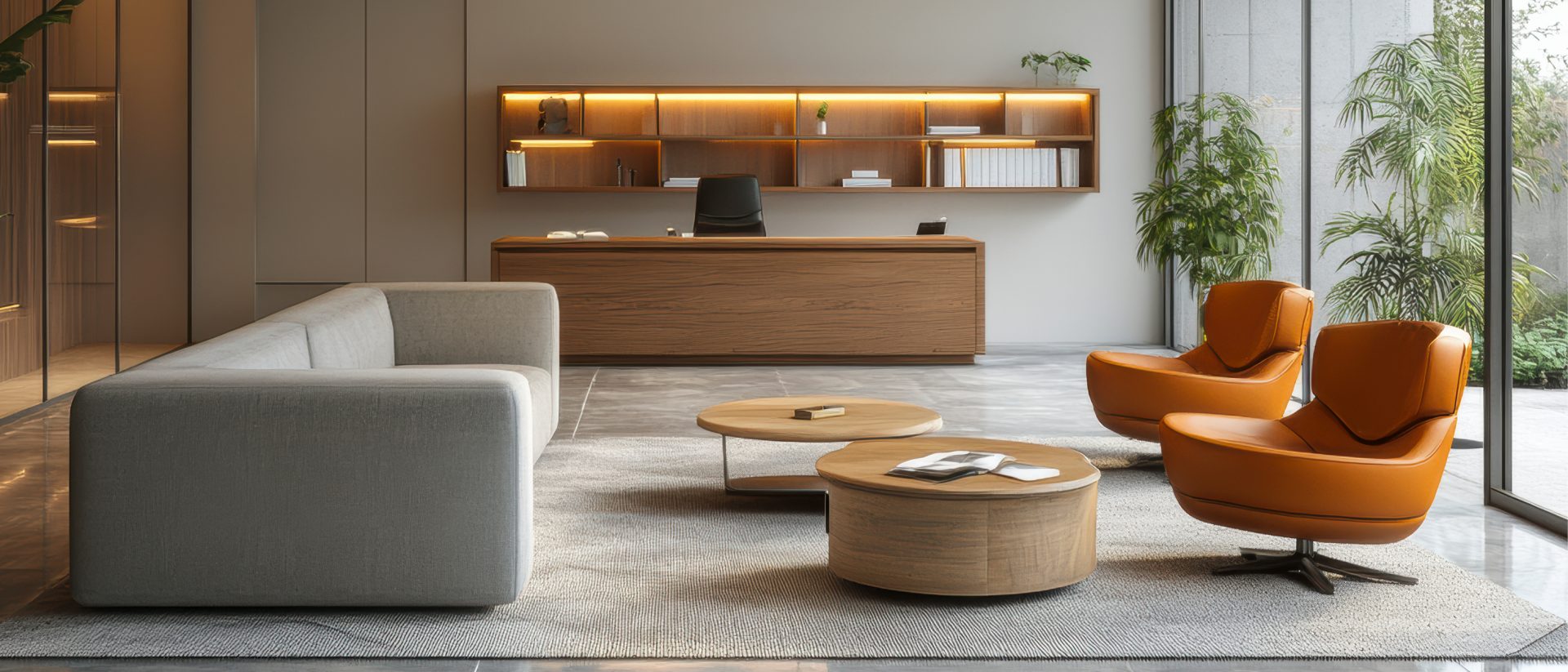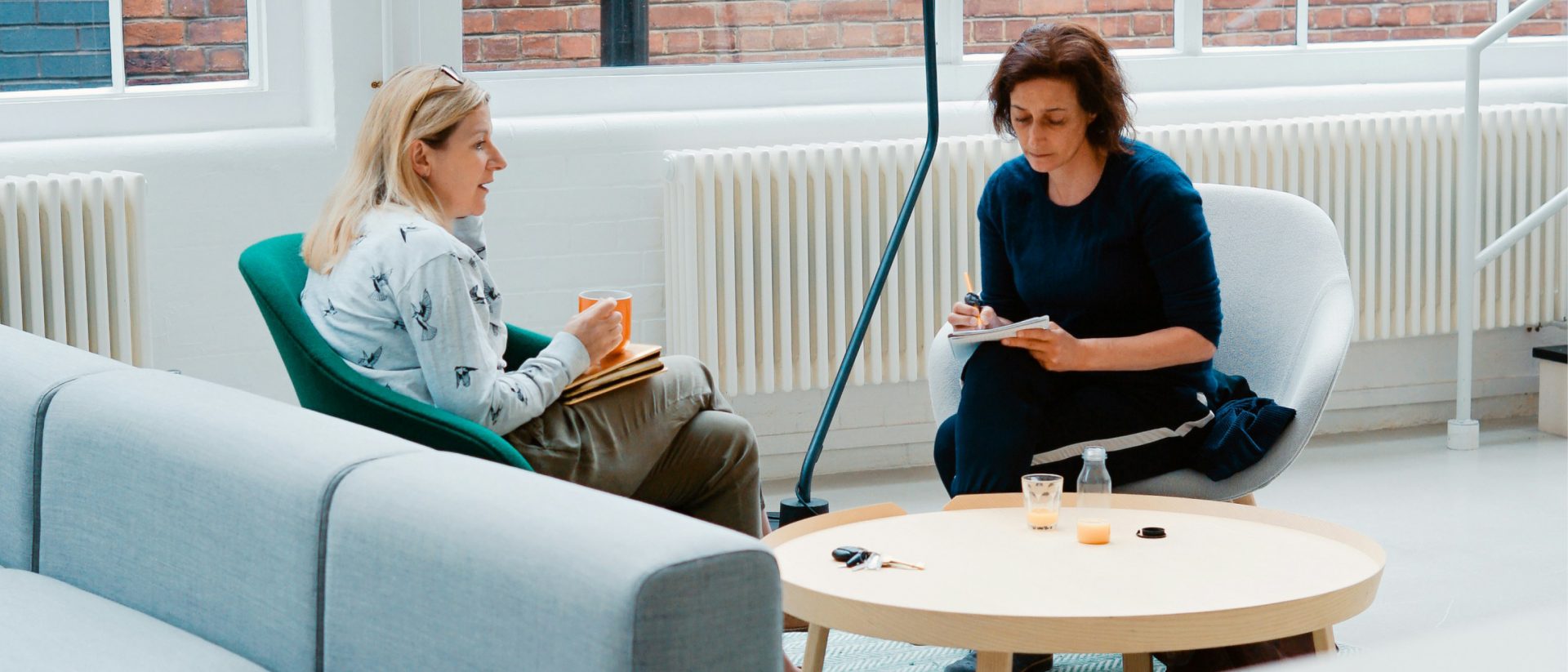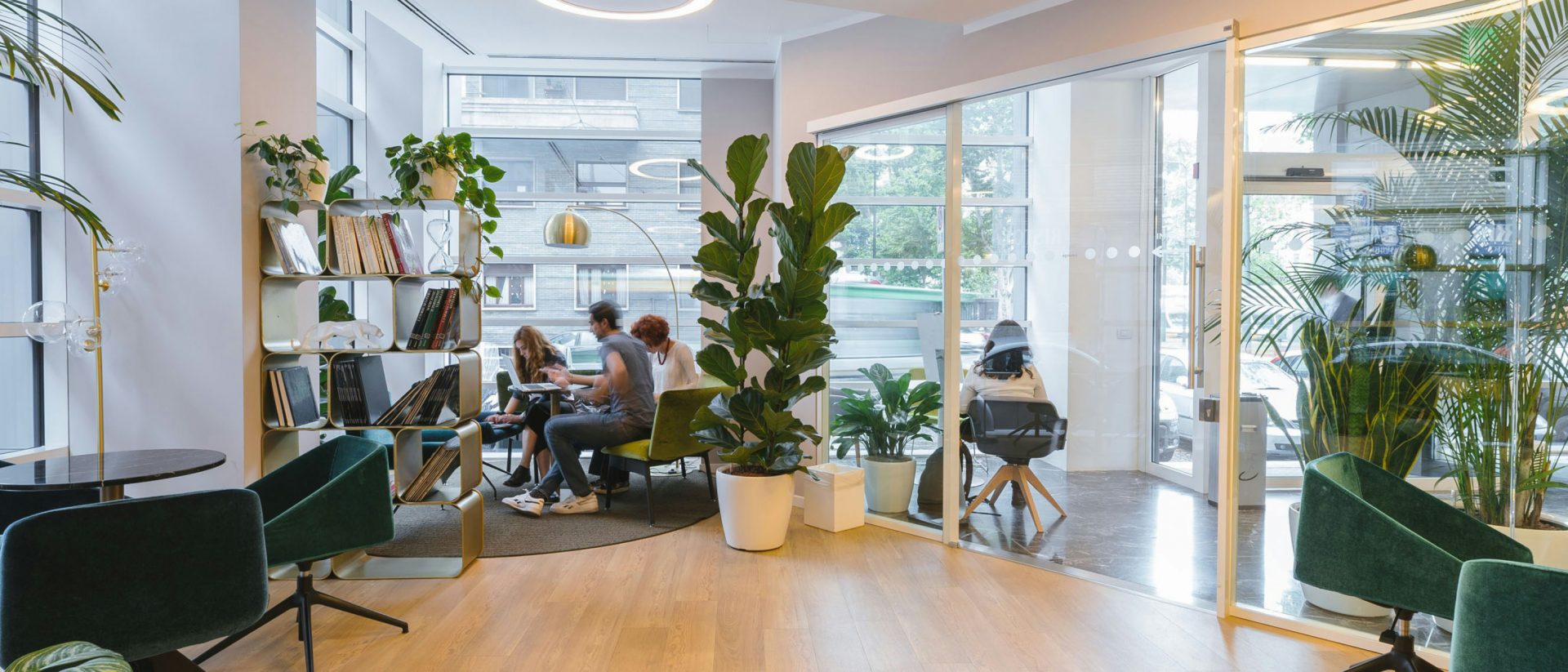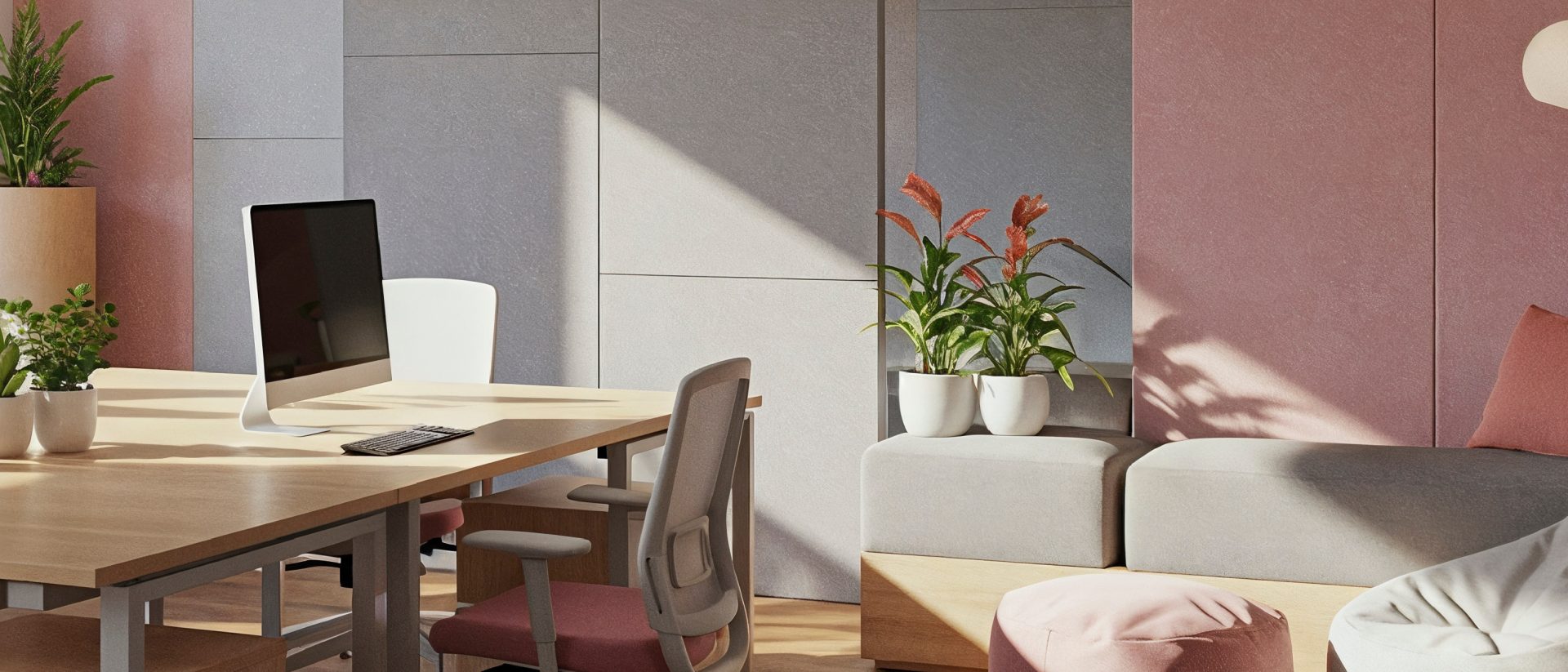Co-Creation in Office Design: Collaborating with Your Team for a Better Workspace
written by OLG
Co-creation in office design is more than just a trend, it’s a forward-thinking approach that enhances employee satisfaction, collaboration, and productivity and is more than aesthetics or functionality. Globally designers have recognised that through collaborative efforts, organisations can design a workspace that reflects a shared vision, helping to cultivate a positive, productive environment that aligns with the values and goals of the team.
The Collaborative Approach to Office Design
A co-creation approach to workspace design includes as many stakeholders as possible, from management to staff, from HR to IT teams, and potentially customers. This collaborative approach ensures that the final design is reflective of the collective needs and goals of the organisation.
By involving employees in the process, businesses can uncover unique insights that may not be apparent from a top-down perspective. This involvement can happen in numerous ways, such as workshops, surveys, or brainstorming sessions, where employees can contribute their ideas, preferences, and feedback.
Generating Ideas and Solutions through Collaboration
The power of collaboration in the design process is when different perspectives come together, employees from various roles within an organisation can share their unique viewpoints and experiences. This diversity can lead to creative solutions that address challenges employees may face, such as noise distractions, lack of personal space, or limited collaboration areas.
For example, employees from marketing may prioritise spaces for brainstorming and creative collaboration, while IT teams might focus on tech-enabled areas for seamless communication. By merging these unique needs, a workspace can be designed that enhances both individual focus and group collaboration.
By optimising your workspace design, using common spaces that go beyond a traditional set up, you can create a buzzing environment that teams can’t wait to be a part of.
Co-creation can lead to layouts that balance open spaces for group work and quieter zones for focused tasks. For instance, shared workspaces and informal lounges can be integrated into the office design, encouraging employees to mingle and exchange ideas.
The Role of Different Teams in the Design Process
In a collaborative design project, each team or department has a crucial role to play. While some employees might focus on functional aspects, others may be more concerned with aesthetics or culture. Involving these distinct roles, from leadership to ground-level staff, enables problem-solving through shared understanding and collective creativity.
Project managers, interior designers, and architects can guide the process, but input from employees helps ensure that the design aligns with organisational culture and practical needs. For instance, a balance between open spaces and quiet zones is essential for different tasks, and input from various teams ensures that the design accommodates the diverse functions of the workplace.
The Benefits of Co-Creation in Office Design
The benefits of co-creating an office space are numerous. Firstly, employees feel empowered and included, knowing their ideas have a direct impact on the environment they work in. This inclusivity fosters a shared vision of the workspace, where everyone is on the same page and motivated to contribute to its success.
Innovative layout design plays a critical role in facilitating collaboration and productivity. Co-creation can lead to layouts that balance open spaces for group work and quieter zones for focused tasks. For instance, shared workspaces and informal lounges can be integrated into the office design, these layouts may include flexible seating arrangements that allow employees to move between collaborative spaces and private zones based on their tasks. These adaptable environments cater to various working styles, fostering an atmosphere of innovation and creativity.
A Balance of Formal and Casual Spaces
An effective co-created office design should strike a balance between formal and casual spaces. Formal areas, like conference rooms and dedicated meeting spaces, are essential for professional discussions and presentations. At the same time, casual areas, such as café/lunchrooms, or lounges, encourage informal interactions that can spark creative solutions and foster social bonds among colleagues.
The inclusion of both types of spaces allows employees to choose the environment that suits their task, boosting both productivity and creativity. Casual spaces offer a break from the structured nature of formal spaces, facilitating renewed energy and ideas.
Great Mix of Office Furniture for the Perfect Office Fit-Out
The furniture you choose for your office plays a pivotal role in the overall design, the furniture mix should reflect the needs of all employees and accommodate both individual work and teamwork. For example, collaborative tables, multi-use meeting areas, ergonomic chairs, standing desks, modular workstations, and comfortable lounge furniture can all be incorporated to create a comfortable and functional office environment supporting the variety of tasks performed daily.
Click to download a printable PDF.
